Featured Photo Above:
Combined 1903 World Series Photo: Pittsburgh Pirates and Boston Pilgrims
(Color Restoration by Chris Whitehouse of Mancave Pictures)
Baseball History Comes Alive Now Ranked As a Top Five Website by Feedspot Among All Baseball History Websites and Blogs!
(Check out Feedspot's list of the Top 35 Baseball History websites and blogs)

Guest Submissions from Our Readers Always Welcome! Click for details
Subscribe to Baseball History Comes Alive! for automatic updates (sign-up block found in right side-bar)
As a Free Bonus for subscribing, you’ll get instant access to my two Special Reports: Memorable World Series Moments and Gary’s Handy Dandy World Series Reference Guide!
Willie Kamm and “Unusual Triple Plays” Photo Gallery
Click on any image below to see photos in full size and to start Photo Gallery:
Another Edition of “Baseball’s Forgotten Stars!” Third Baseman Willie Kamm
Plus
“More Fun with Triple Plays!”
“There is the best third-base prospect I’ve seen since my days with the old Baltimore Orioles.” –White Sox manager Kid Gleason, speaking of Willie Kamm
There’s a good chance you’ve never heard of Willie Kamm. That’s OK. Unfortunately, not many baseball fans have. But I hope you’ll consider reading this essay to learn about a great third baseman, who has been largely forgotten over the passage of time.
I had intended to write about the 1920s White Sox’ defensive star as part of my ongoing, off-season look at forgotten stars from days gone by. I’ll get to Willie’s career in just a bit; but first, here’s something interesting I found about him.
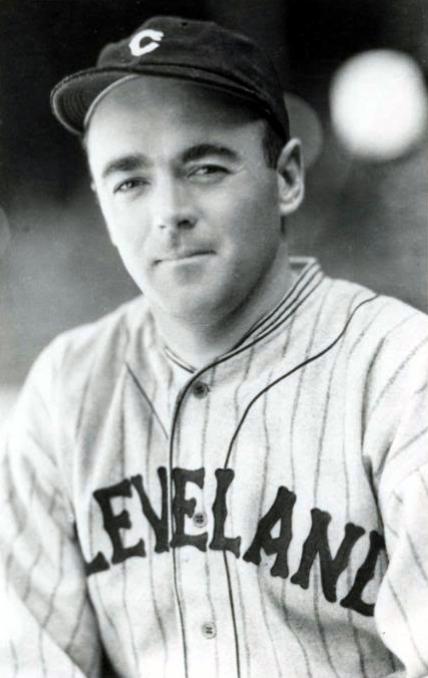
In doing a little research, I discovered that Kamm was the principal player in one of the most unusual triple plays in baseball history. As we know, triple plays are a rare occurrence. There have been 719 since 1876, averaging about five per year. Unassisted triple plays are one of baseball’s rarest events. With only 15 in history, they’re even more rare than perfect games.
As you read about this particular triple play, keep in mind that Willie was known as a “master of the hidden ball trick,” later claiming that he pulled it off successfully two-to-three times each season.
This one happened 90 years ago, April 30, 1929, in a game between the White Sox and the Indians at old Comisky Park. In the visitor’s half of the seventh inning, with teammates Johnny Hodapp on third and Charlie Jamieson on second, the Tribe’s Carl Lind hit a sharp grounder to White Sox shortstop Bill Cissell. Lind was thrown out, Cissell to first baseman Bud Clancy.
Clancy then threw home to catcher Buck Clouse, hoping to keep Hodapp from scoring. After faking a break for the plate, Hodapp returned safely to third. Jamieson, on second, apparently ran with his head down and took off at the crack of the bat. He mistakenly assumed Hodapp had scored, so he advanced to third. Two runners were now standing on the third-base bag.
Willie Kamm, the third baseman, was aware of the gaffe on the base paths and made a “heads-up” play. He called for the ball from Crouse and then tagged both runners at third base. Umpire Red Ormsly sorted through the confusion and correctly called Jamieson out, since the bag belonged to Hodapp. Two outs, runner on third.
Kamm, the acclaimed “master of the hidden ball trick” then slyly tucked the ball under his arm; and, like a snake in the grass, calmly awaited his chance to strike. Sure enough, while Hodapp innocently chatted with third base coach Howie Shanks about the base path blunder, he absentmindedly stepped off the bag. A second later, the startled and shaken Hodapp turned to hear umpire Ormsly bellow, “You’re out!” Standing there with the ball, now clearly visible, was Willie Kamm. He had tagged Hodapp out to complete the triple play!
And so a highly unusual 6-3-2-5 triple play, which included the “hidden ball trick,” was now in the books. Could this be the only one of its kind in major league history?
Now back to Willie Kamm’s career…
I first read about Willie Kamm as one of the interviewed players in Lawrence Ritter’s great book, The Glory of Their Times. I later learned he was the first player in major league history to be purchased from the minors for the unheard-of sum of $100,000. He made his debut with the White Sox in 1923 at the age of 23. The White Sox were looking for a replacement at third base for Buck Weaver, one of the banned Black Sox. What caught my attention was this quote from Hall-of-Fame pitcher, Chief Bender: “Willie Kamm was the best third baseman I ever saw.” In addition, White Sox Hall-of-Fame second baseman Eddie Collins said of him: “Kamm was in a class by himself in getting the ball away to start a double play.” Those are some pretty strong compliments about a player most fans have never heard of.
When you read about the San Francisco native’s offensive numbers, you might wonder why I chose to feature him. Kamm played 13 seasons in the majors (1923-1935) for the White Sox (1923-1931), and the Indians (1931-1935). Over his career, he averaged .281 with 1643 hits, 348 doubles, 29 home runs, and 826 RBI. His best season was 1928 when he hit .308 with 84 RBI. He had a good eye at the plate, striking out only 405 times in 6945 plate appearances, contributing to his outstanding .372 on-base percentage.
These numbers, while respectable, aren’t anything to get overly excited about; but they only tell half the story of Willie Kamm. He was acknowledged as the best defensive third baseman of his era, and he put up the numbers to back up the acclaim. He was known for his quick hands and feet, his outstanding reactions and range, and he threw perfect strikes across the diamond with his strong, accurate arm. Over his career, he was perennially in the top 10 in all defensive categories for third basemen.
Some career highlights include:
-When Kamm retired, only Heine Groh had a higher fielding percentage among third basemen.
-As of 2012, he ranked eighth among third basemen in career putouts (2,151), 28th in assists (3,345), and 16th in fielding percentage (.967). He still holds the American League single-season record for putouts by a third baseman (243).
-Kamm led the league in fielding percentage eight times, including six times in a row; and led the league in putouts seven times. He also led American League third basemen four times in assists.
-After the trade to the Indians, Kamm set a single-season record for third basemen in 1933 with a .984 fielding percentage, a record that stood for fourteen years.
-Baseball historian Bill James has noted that after trading Willie Kamm in 1931, the White Sox did not stabilize the third base position until 1989, with the arrival of Robin Ventura.
Over his career, Willie Kamm had his share of run-ins with managers and teammates, especially White Sox manager Donnie Bush and Indians manager Walter Johnson. But there’s no denying that he was a premier third baseman. So let’s take a moment to remember an outstanding, often-overlooked third baseman, Willie Kamm. He’s a fine addition to my “Forgotten Stars” series.
Willie passed away from Parkinson’s disease on December 21, 1988, in Belmont, California.
Shop MLB.com. The Official Online Shop of Major League Baseball.
Gary Livacari
Photo Credits: All from Google search
Information: Excerpts and quotes edited from the SABR biography of Willie Kamm by Joe Wancho, and from the Willie Kamm Wikipedia page.
Check out my latest books both now available on Amazon in e-book and paperback: Reflections On the 1919 Black Sox: Time to Take Another Look. All profits go to the Illinois Veterans Foundation
We are a participant in the Amazon Services LLC Associates Program, an affiliate advertising program designed to provide a means for us to earn fees by linking to Amazon.com and affiliated sites. Click here to view Amazon’s privacy policy
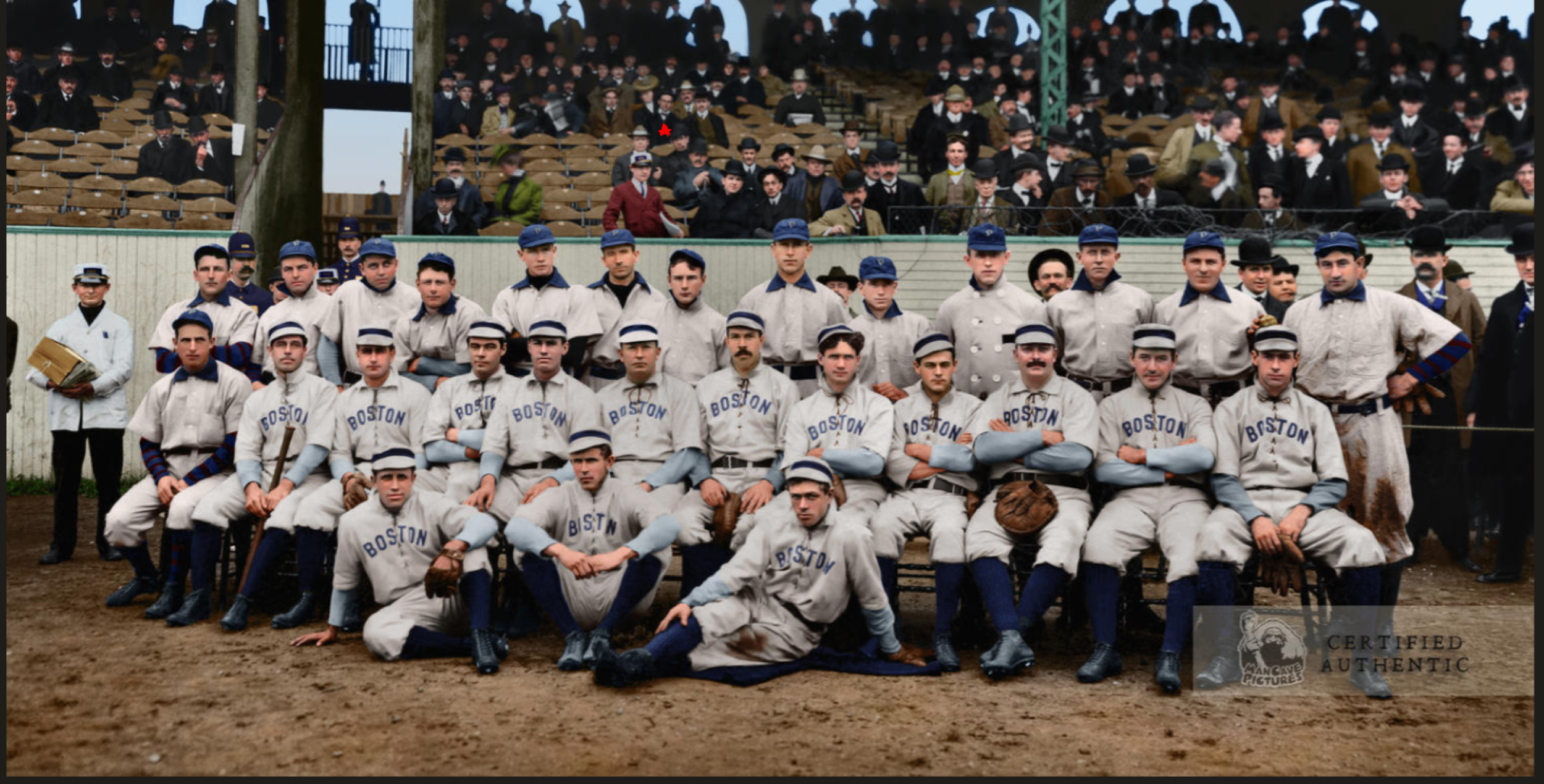
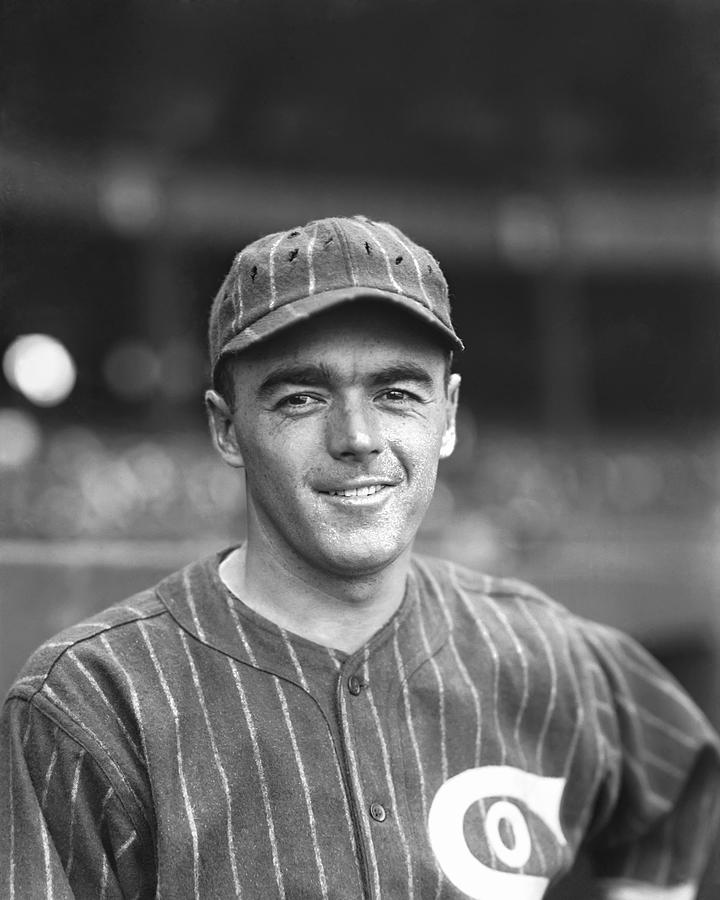
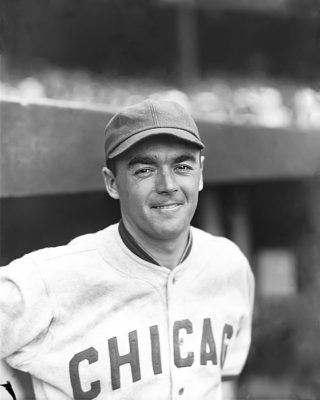
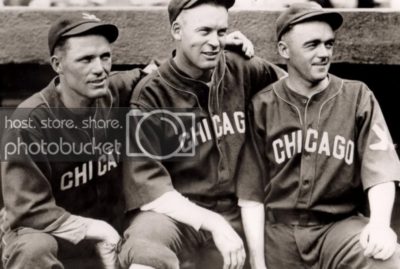
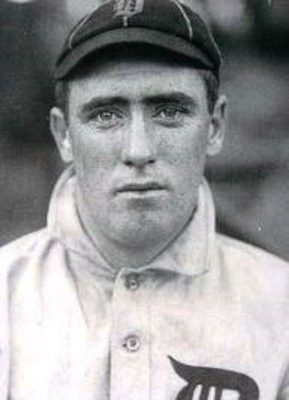
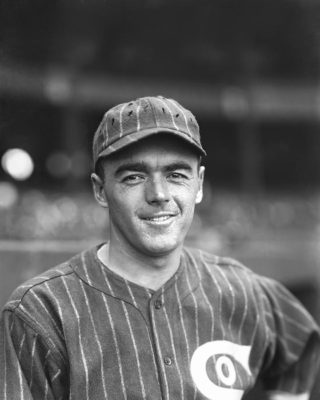
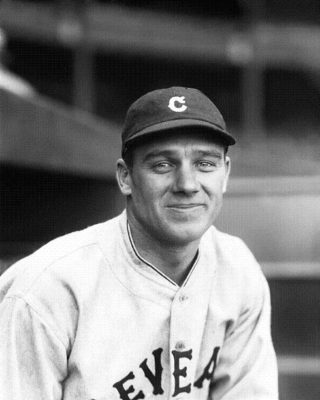
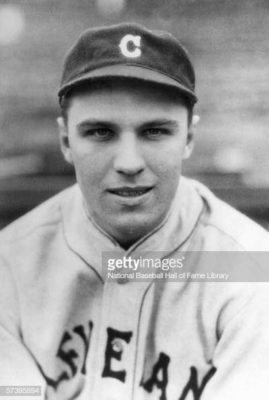
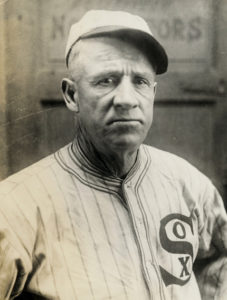
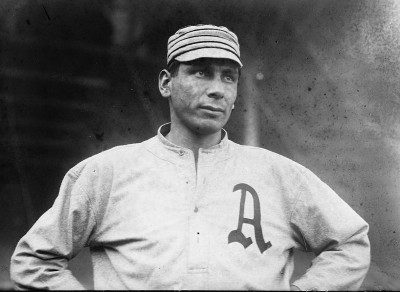
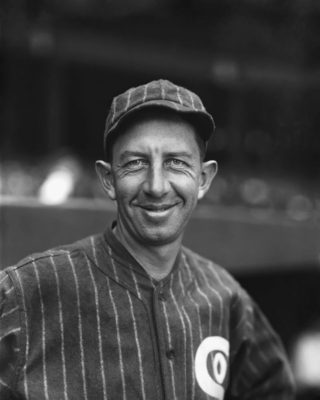
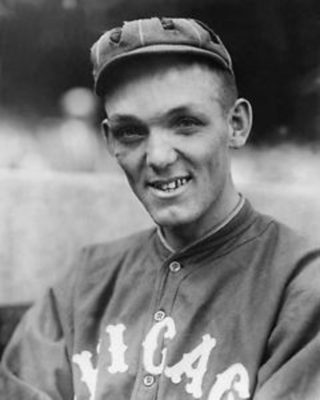
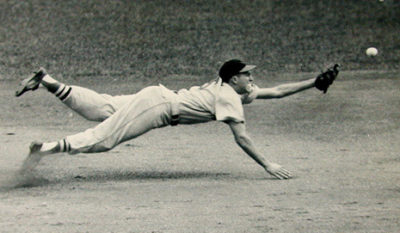
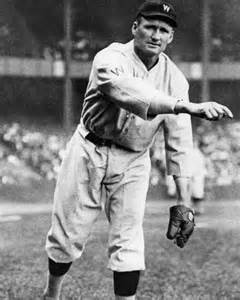
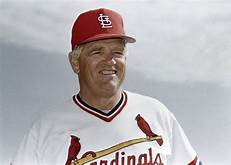
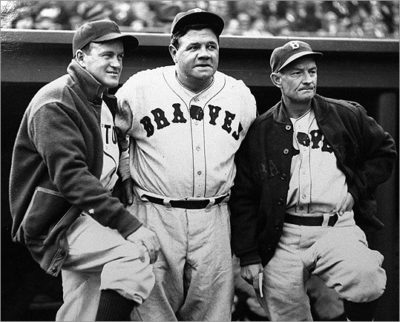

He Kamm, he saw, he conquered…
Is that really a triple play?There’s no continuation with
the runner on 3rd, already conversing with the the 3rd base coach is there?
Wouldn’t it be more like a double play with the runner being subsequently picked off 3rd? Is the ball still in “play” at that point?
I was thinking the same thing, but I think it counts until either the ball is returned to the pitcher on the mound or possibly even until the next pitch is thrown. There’s probably some bizarre rule about the whole thing.